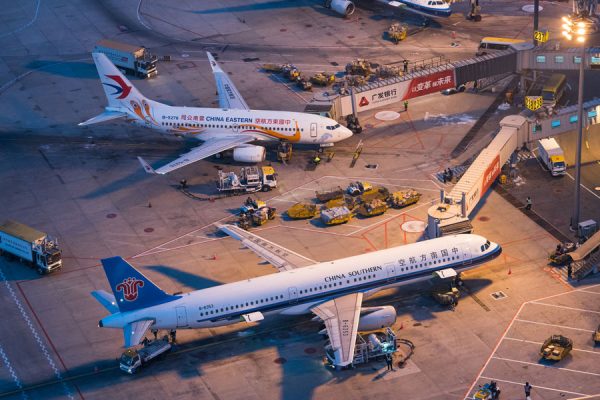
BEIJING-Demand from the Asia-Pacific region is powering the eastward shift of the global civil aviation industry, said the International Air Transport Association late last month.
The global revenue passenger kilometers or RPKs gained 7.6 percent in 2017, well ahead of the 10-year average of 5.5 percent, said IATA in Airlines Financial Monitor.
IATA expects “a moderate slowdown in passenger growth in 2018 as stimulus to demand from lower airfares fades”.
The association forecast global passenger yields to rise modestly during 2018, with economic growth expected to remain robust. The biggest driver of demand in the global civil aviation industry will be the Asia-Pacific region.
The region will be the source of more than half of new passengers over the next two decades, with China emerging as the world’s largest aviation market by around 2022, and India, Indonesia and Thailand successively entering the top 10 largest markets.
Premium-class, including business and first-class cabins, is a key indicator of the civil aviation market. Stronger global trade conditions support premium-class demand. Premium’s share of total international passenger revenue increased from 25.9 percent to 27 percent in the first 11 months of 2017.
In 2017, premium-class demand was supported by the pick-up in economic and trade conditions, particularly on key routes to, from and within Asia.
IATA forecast that by 2036, annual global air passenger volume would reach 7.8 billion, with 3.5 billion from the Asia-Pacific region.
China is highly valued in the global civil aviation market and the strongest force in the Asia-Pacific region.
Last year, China’s civil fleet stood at 3,296 planes and the civil aviation industry exceeded 10 million flight hours for the first time, said the Civil Aviation Administration of China.
The country recorded 549 million air passengers, up 12.6 percent year-on-year.
China’s air passenger volume is expected to reach 612 million in 2018, up 11 percent from 2017.


